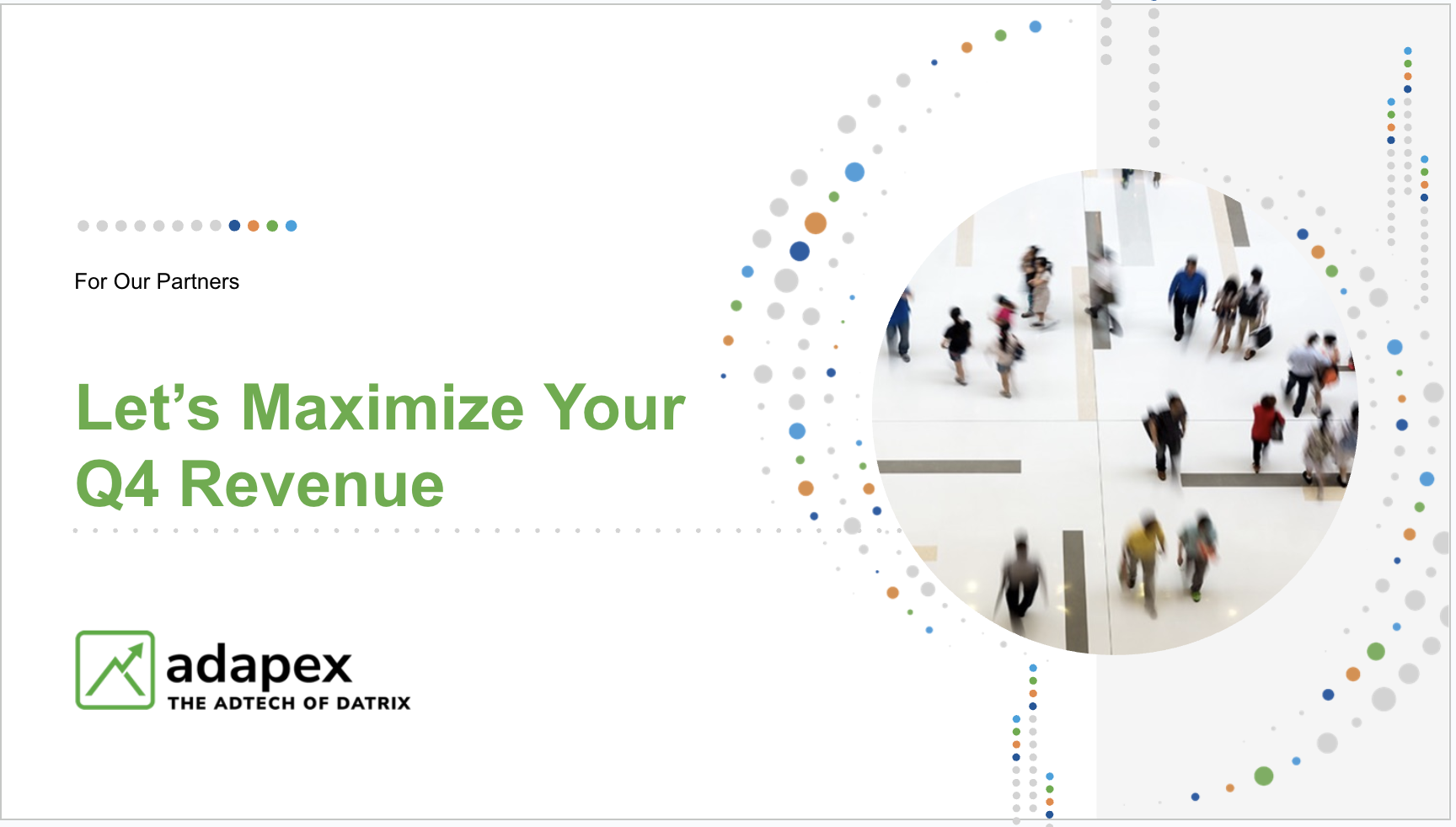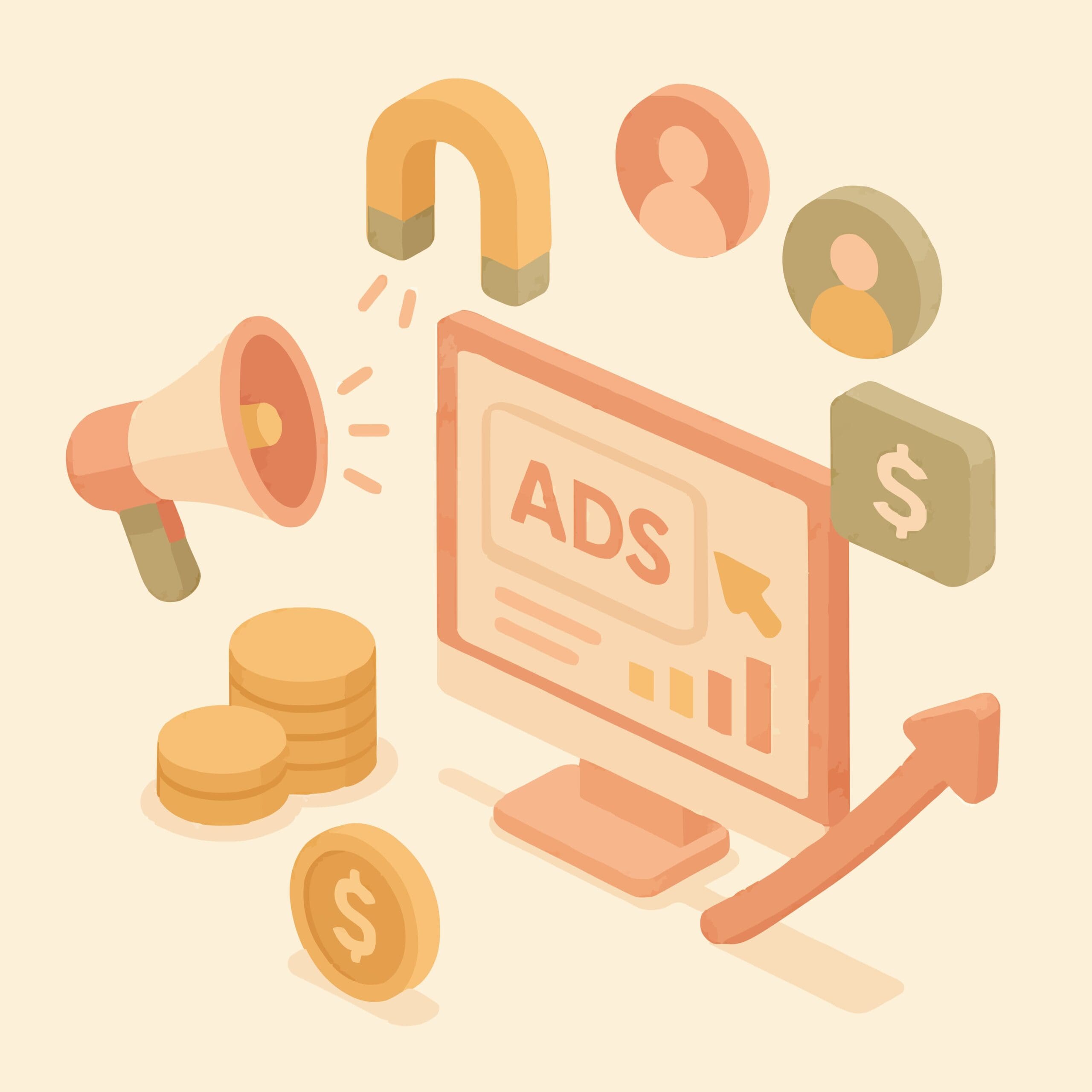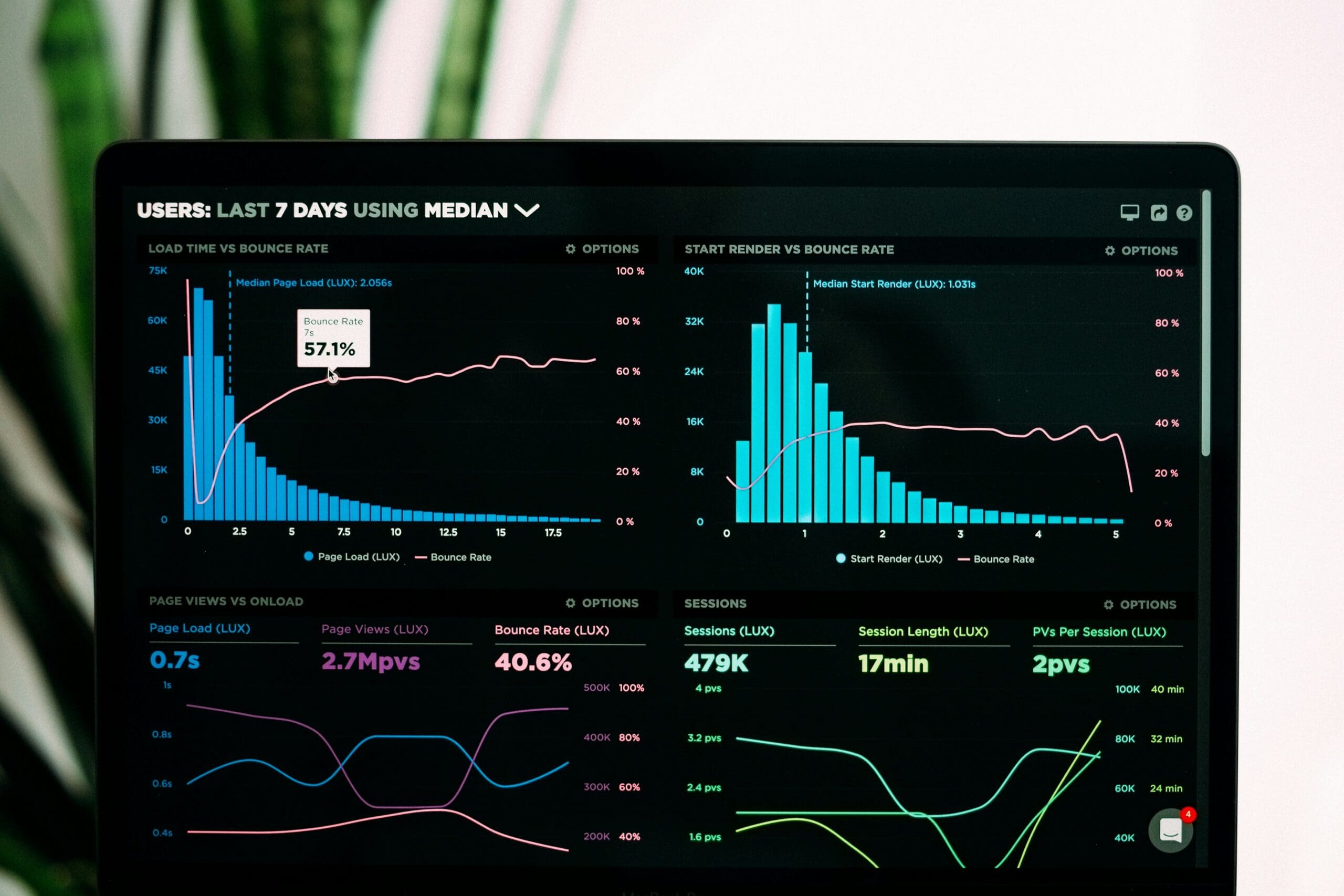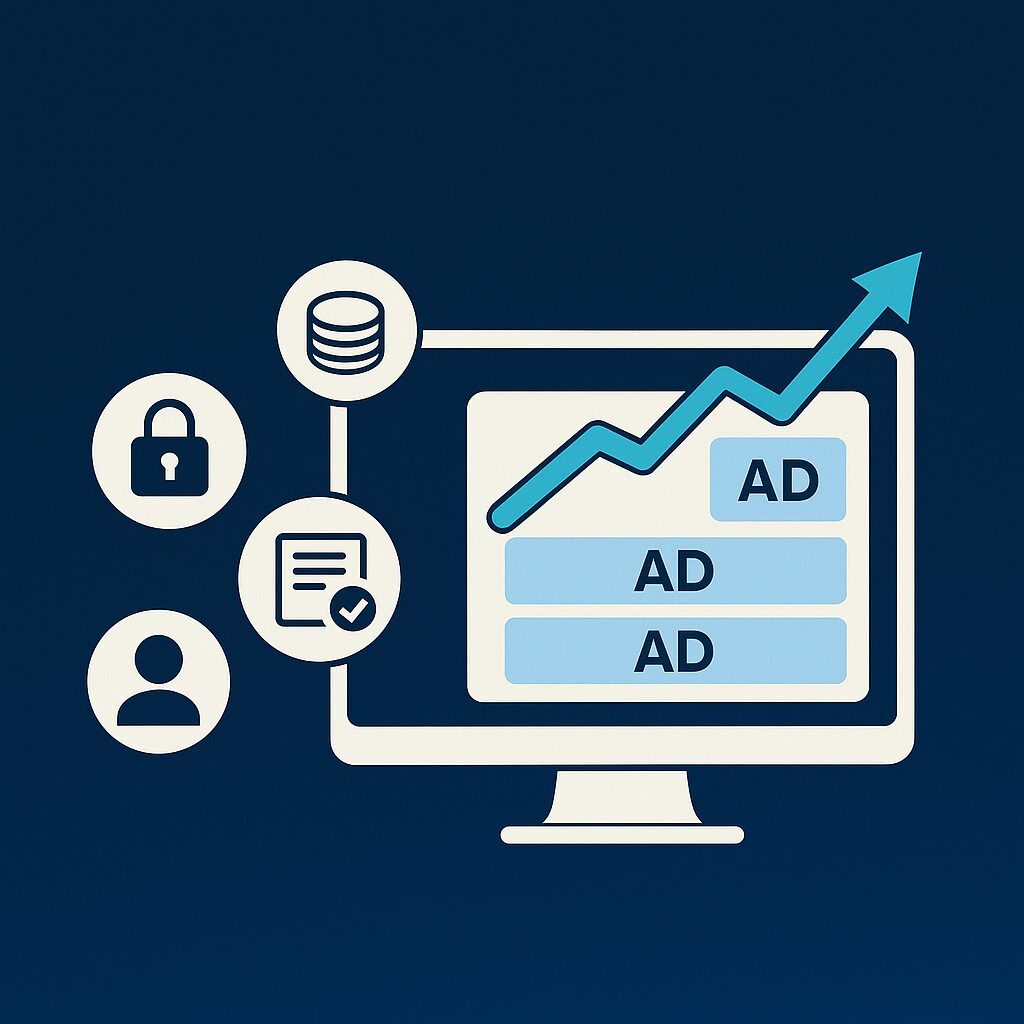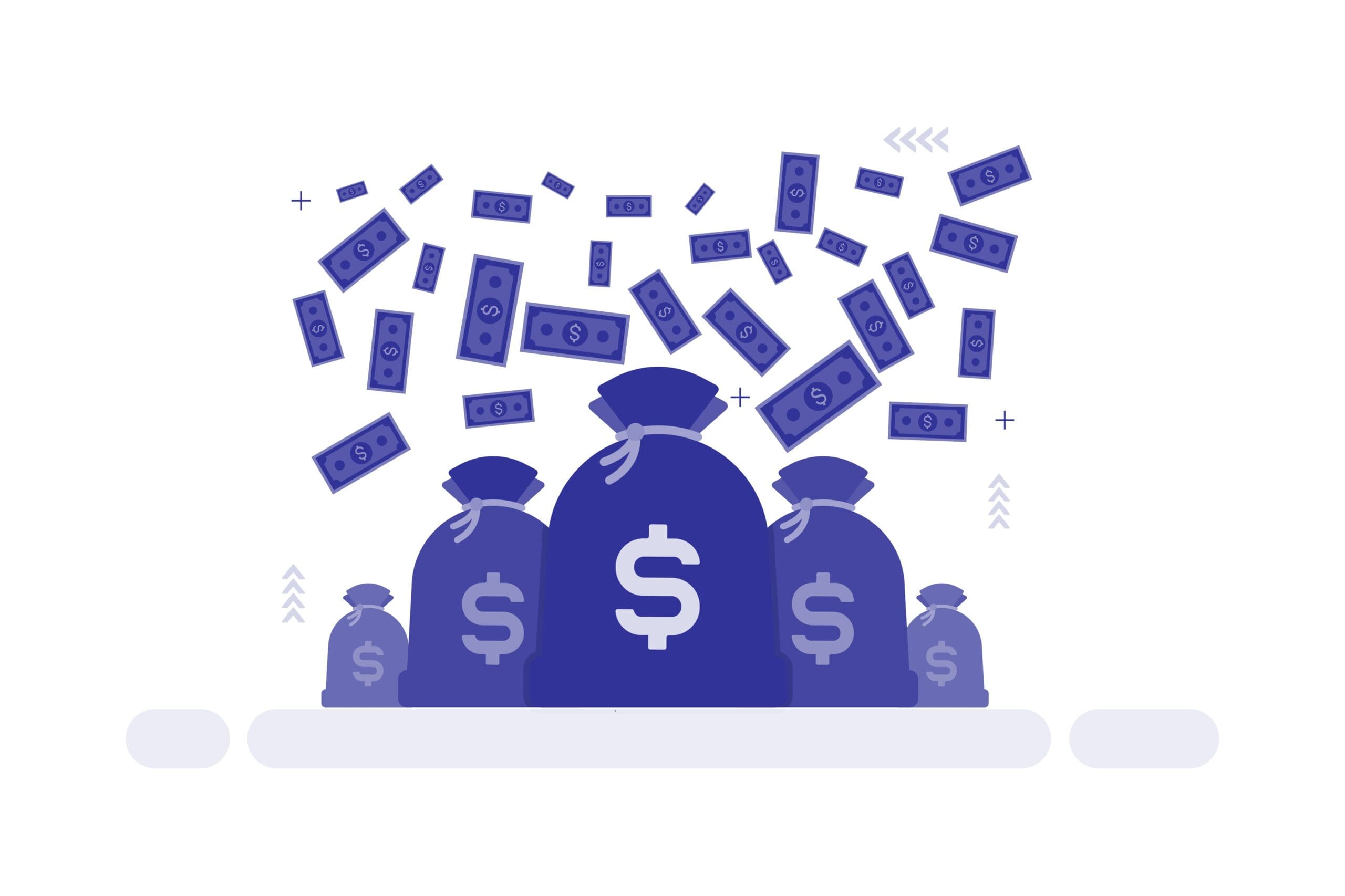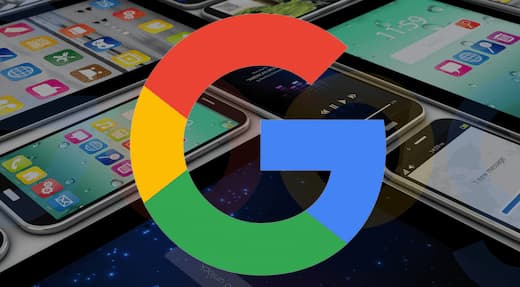Paving a Better Way Forward for the Internet in a Cookieless World
When Google announced its plan to phase out support for third-party cookies in Chrome by 2022, it put the last nail in the third-party cookie coffin as we know them. With Firefox and Safari already blocking them, the current iteration of third-party cookies will soon be a thing of the past. It is estimated that already 40% of all ad inventory is cookieless. The Chrome plan to provide the final blow, partially justified by Google to increase user privacy, will bring about significant changes in the advertising world and the internet in general.
As digital advertising currently relies heavily on third-party cookies for personalization data, a cookieless landscape may look quite different than today. As a result, businesses need to prepare, adapt, and find new ways to target and connect with consumers in more transparent, privacy-compliant ways. Programmatic advertising optimized header solutions can help pave a better way forward in a cookieless world.
Programmatic Advertising
Programmatic advertising has steadily grown into the primary method by which marketers trade digital advertising. In 2019, U.S. advertisers spent nearly $60 million on programmatic digital display advertising, utilizing advanced techniques such as header bidding. By 2022, this spend is expected to increase to almost $95 million.
Almost all digital display advertising is currently transacted programmatically. Advertisers and publishers use programmatic advertising to identify online users and consumers efficiently. In addition, programmatic platforms give buyers and sellers much information around which they can form effective marketing strategies.

Header Bidding
In just a few years, header bidding has grown from being relatively unknown to an industry-standard programmatic advertising technique. According to eMarketer, 79.2% of the internet’s most popular 1,000 sites that sell programmatic ads used header bidding in March 2019.
Programmatic header bidding makes a publisher’s inventory simultaneously available to multiple demand sources before calling up their ad server. This advanced technology provides a flexible and authentic way of running direct programmatic auctions, highlighting ad impression value, and driving ad revenue.
Header bidding has long been focused on by publishers looking to measure and increase their ad monetizations, or eCPM—effective cost per mile. This performance measure looks at an ad’s earned revenue per 1000 ad impressions.
Optimal Header Solution
Ensuring you are using the optimal programmatic header bidding solution for selling your ad inventory is key to reaping its benefits and avoiding its pitfalls. Header solution options include:
-
- Client-side header bidding has generally been the preferred method for your top bidders.
- Server-to-server header bidding has recently gained popularity among publishers as a means to add more demand without sacrificing site speed.
- Publishers are now increasingly using a mixed or hybrid programmatic blend of these two approaches.
- Omnichannel header bidding across three or more advertising channels can improve efficiency, drive monetization, and optimize demand.
Benefits of Header Bidding
Many custom header bidding solutions are available to suit a large variety of publisher structures. The best partner can provide expertise and resources that publishers may lack. With many publishers now facing long-term changes in the digital advertising landscape, it’s critical to prioritize header bidding implementation to take full advantage of the benefits.
Equalizes Ad Availability and Quality
With well-managed header bidding techniques, advertisers get an equal shot at publishers’ ad inventory. Using this technique, buyers have greater access to publishers’ premium inventories with a high level of transparency and efficiency.

Transparency and Flexibility for Publishers
Unlike the waterfall effect of older advertising solutions—bids passing sequentially from one exchange to the next—the header bidding process allows publishers to see all bids, based on more precise targeting information, before calling the ad server. As a result, this process is transparent and provides a high level of flexibility to publishers.
Higher Ad Revenue
Header bidding leads to higher CPMs and fill rates. Thus publishers receive higher overall revenues more in line with their inventory’s actual value. To their advantage, publishers can set the auction’s winning bid to compete with prices available from their direct-sold ads as well.
Additional Ways Forward
Though the end of the 3rd party cookie signals an end to the targeting process as we have come to know it, personalization will still be possible with other currently available and developing solutions, such as iD5, Liveramp’s ATS, The Trade Desk Universal ID, and others. These identity solutions are proving to be a viable option for providing secure, shared IDs that publishers and advertisers can use to target users, cap frequency, and measure campaigns. The IAB’s Project Rearc is actively meeting with industry leaders to help define transparent rules and best practices for moving forward in a privacy-first world. Additional ways forward include:
- First- and second-party data sharing
- Non-cookie-based data matching in “data clean rooms” or “data bunkers.”
- Location and time-based messaging
- Contextual targeting
These methods can be utilized across all the leading digital channels, including display, video, social, and search.
Amplify First-Party Authentication Data
Publishers and advertisers will need to improve their first-party data collection through sign-ins, subscriptions, and other opt-in data exchange methods. In addition, they will need to carry out a thorough and focused implementation of new—and optimization of existing—data capturing techniques. In the absence of third-party cookies, first and second-party data will become king and allow publishers to increase their ad inventory value significantly. Thus, building up sufficient data volumes will be crucial for both advertisers and publishers alike.

Clarify User Consent
The cookie consent solutions you currently utilize will need to be checked to ensure they are fully compliant with privacy regulations. Your first-party data needs to be future-proof. To build user trust, make a point of clarifying and confirming your customer communications regarding how you process and protect their data. Make sure to employ a robust Consent Management Platform (CMP) that provides transparency aimed at building trust. Publishers must also be able to provide clear value propositions in exchange for user data. A good data strategy based on rebuilding trust between consumers, publishers, and marketers should lead to greater opportunities for all.
Second-Party Data From Tech Leaders
Explore second-party data from tech leaders. These leaders offer aggregated user data from their respective platforms through their respective media buying platforms. These can come in the form of shared IDs, clean rooms, and aggregated data across publishers who pool their inventory together to pool their data as well. These non-cookie-based second-party audience sources should increase in the coming years in light of the ban on third-party cookies.
Outsourcing Programmatic Advertising
Outsourcing your programmatic advertising is an excellent way to optimize your resources and allow experts to maximize your ad space and data strategies. A company like Adapex has been invested in optimizing advertising operations and partnering with publishers to simplify and streamline publishing monetization for many years. Their team has the technology, relationships, and experience to help you maximize your revenue potential. Adapex is also actively participating in tests and initiatives to maximize transparency and trust in an overall objective of optimizing advertising efficiency and publisher monetization. Contact Adapex today for all your monetization needs. We help our publisher partners maximize revenues in the ever-evolving ad tech ecosystem.


